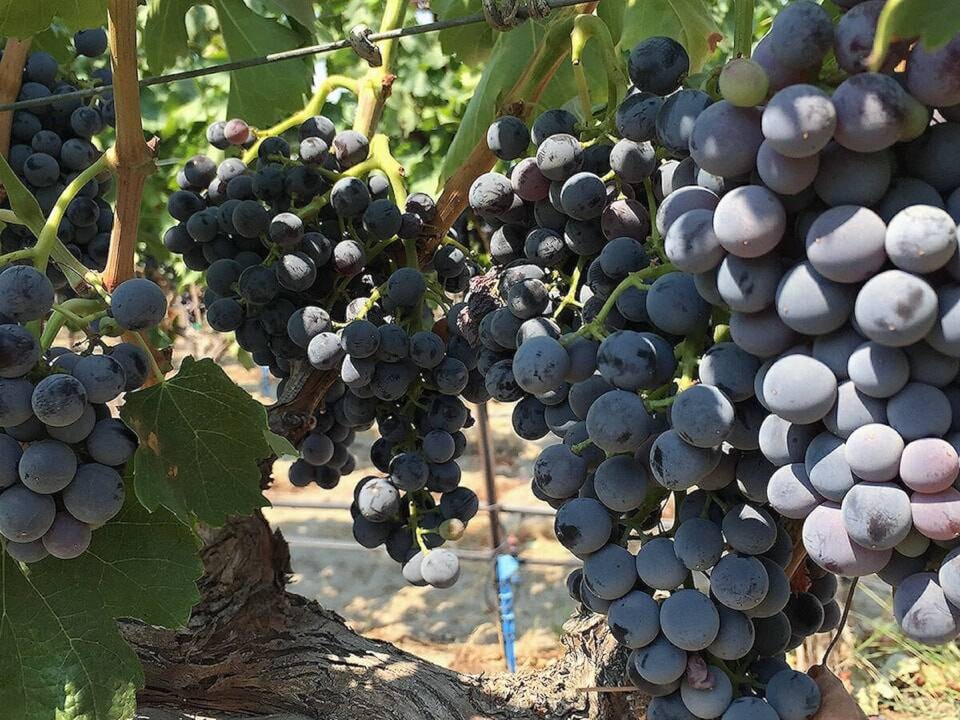Conflict over water use allocation needs to shift to collaboration from an agriculture perspective, says the general manager of the BC Fruit Growers Association.
Melissa Tesche said those difficult conversations need to be framed as farmers/ranchers and other users rather than farmers/ranchers vs. other users.
That apparent subtle difference, she says, is a major hill to overcome in developing a diverse set of water use guidelines which should be developed independently for each watershed across B.C. to reflect local, divergent water demands.
“This is not a one-size-fits-all solution we should be seeking,” said Tesche.
Tesche made the comments as a keynote speaker on the topic of land use and storage at the Environmental Water Flows conference taking place March 13-15 at the Coast Capri Hotel.
The conference is a collaborative effort between the Okanagan Basin Water Board and the Canadian Water Resources Association, a follow-up to the Environmental Flow Needs conference held in 2018.
Tesche painted a bleak outlook of what Okanagan fruit farmers are facing this year.
A freak cold snap this winter has all but destroyed the grape and soft fruit crops, such as peaches and apricots, this year, with the cherry crop loss outlook at 70 to 90 per cent.
“We’ve had a relatively mild winter but that cold snap, we did have, had a brutal impact,” Tesche explained.
The end result for many orchardists, she says, is to face having to tend their fruit trees for the future this year with no revenue potential, at a time when they already face depressed fruit prices.
She cited the example of apple growers getting $.32 a pound for Macintosh apples in 1984.
“In today’s world, that price should be about $.92 a pound. The actual return this year for farmers was $.08 a pound,” she said.
She said once the powerhouse grocery retailers and packinghouses take their profits out of the revenue stream, farmers are left behind.
Tesche said 40 per cent of B.C. farmers this year earn less than $10,000 from their farming business, leading them to have a ‘side hustle’ income to offset the costs of operating a farm.
She said the issue of food security rose in prominence during COVID because of food supply connections being broken and food shelves suddenly enduring product shortages not seen in Canada for decades.
“But we seem to have gone back to our old habits,” she said, leaving farmers to deal with food growing costs, water use pressures and climate change extreme weather impacts with minimal support.
She said any agricultural business inherits an understanding of risk, but the main line of defence against crop disasters in a given year, crop insurance, comes with a 20 per cent deductible and was not intended to address annual setbacks.
“It was intended for a lost crop every five to 10 years,” she said, noting annual extreme weather events are raising the need for a different split-risk ratio.
She said there remains a common denominator between farmers and other interests such as fisheries, domestic water use and environment water flow protection and enhancement needs is the connection to the land.
“I think the key to building those relationships is to understand we all share that common love of the land. That is an emotional, not a practical, discussion point to start from moving forward,” Tesche said.
Many farmers have already embraced water use challenges others don’t believe in, according to Tesche, while the largest percentage of farmers sit in the middle, looking for direction on water use and a more stable economic future.
READ MORE: B.C. fruit and grape growers get $70M to replant damaged crops
